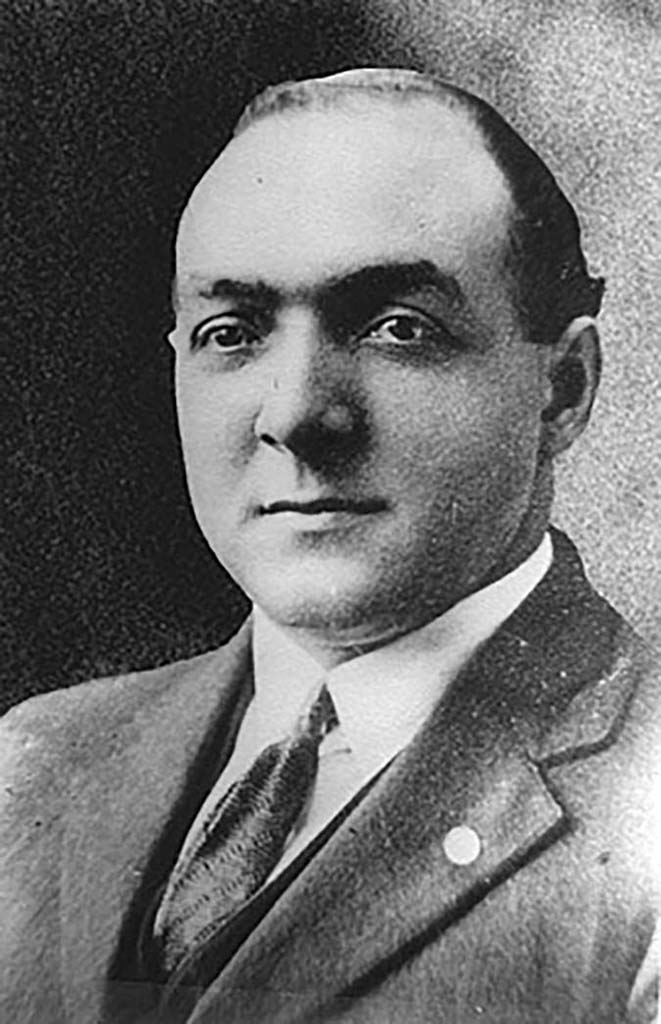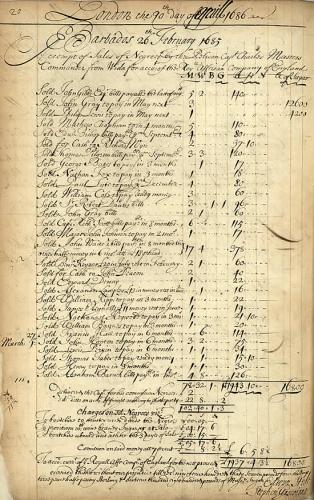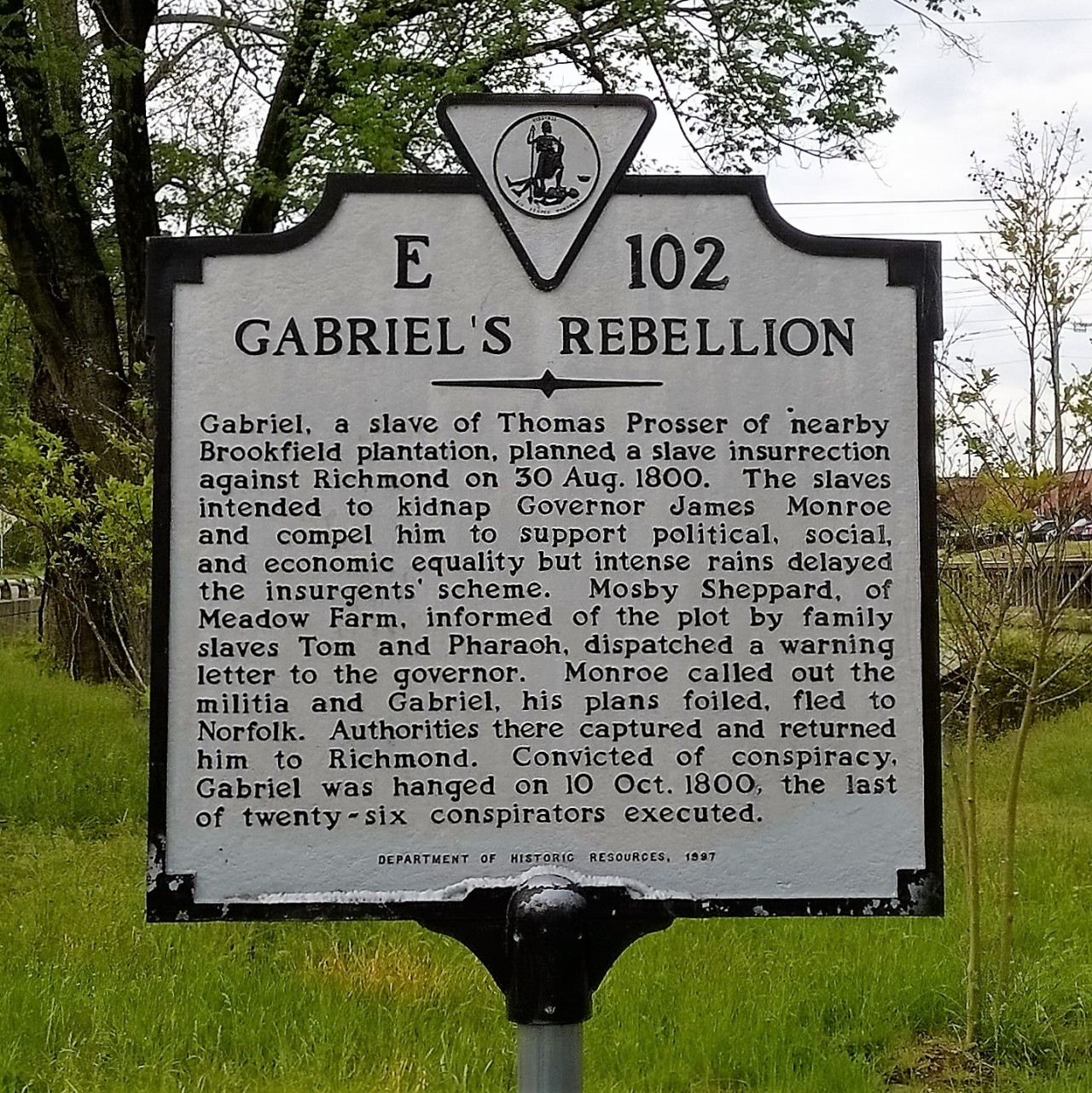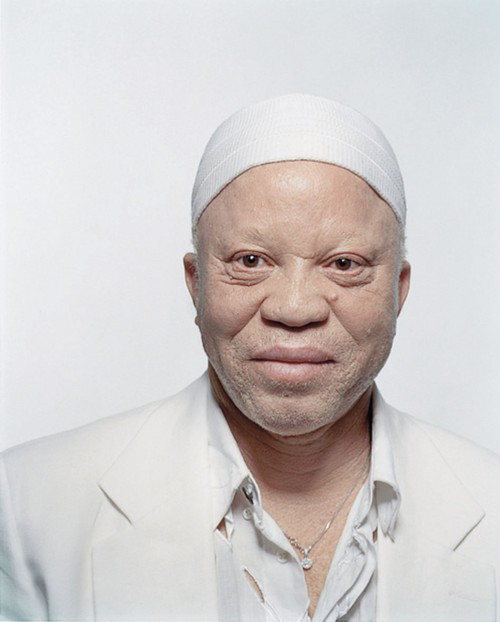After the passage of the 1850 Fugitive Slave Law, open skirmishes took place between Southern slave catchers and Northern abolitionists who despised slavery and what they saw as its encroachments on the liberty and freedom of residents of the free states. Armed altercations and confrontations took place in a number of Northern communities between 1851 and 1861. One of the earliest—what came to be called the Christiana Riot—took place in 1851 in Lancaster County, Pennsylvania. Lancaster County abuts Maryland along the lower reaches of the Susquehanna River, and the area had two branches of the Underground Railroad.
As the county immediately north of the Mason-Dixon line, numerous fugitive slaves from Maryland and other slave states made their way into the region, often assisted and protected by anti-slavery Quakers. In response, slaveholders or their representatives operated in the area with increasing frequency after 1850, kidnapping fugitives and returning them to the South.
One slave-capturing expedition in September, 1851 led to the Christiana Riot. John Beard, Thomas Wilson, Alexander Scott, and Edward Thompson (the names they were known by in Pennsylvania) escaped enslavement of the Gorsuch family of Maryland and took up residence in Lancaster County. Under provisions of the 1850 Fugitive Slave law, the elder Gorsuch swore out warrants on his former slaves. Serving and executing these arrest warrants led directly to the Christiana Riots of 1851 and resulting trials.
Edward Gorsuch, a wealthy slaveholder, led a party of slave catchers into Lancaster County. Hearing that they were on the farm of William Parker, a free African American, they, with the help of US Marshals, attempted to forcefully enact the arrest warrants. When Gorsuch and his men arrived, Eliza, Parker’s wife, blew a horn which summoned sympathetic neighbors. Armed neighbors including former slaves as well as free black and white abolitionists converged on the Parker farm and confronted the Gorsuch party. Fighting broke out and the elder Gorsuch was killed and his son wounded. The US Marshals and the slave catchers retreated.
Later the Marshals returned with three detachments of US Marines. By that point, William Parker and his wife Eliza were already en route to Canada, helped along the way by Frederick Douglass and other abolitionists. Thirty-eight other men, however, were arrested including four white Quakers. They were all charged with treason.
The first man brought to trial, the Quaker Castner Hanway—erroneously thought to be the leader of the anti-slavery men—was acquitted. Since authorities thought this was the strongest case, they released the other 37 men.
The acquittal of all of the defendants was hailed by Northern abolitionists as a major victory against slavery and especially against the Fugitive Slave Act. Southerners, however, felt that their property could not be secured even in the North. Thus the riot became the first of a series of episodes including “Bleeding Kansas” in the late 1850s and John Brown’s Raid at Harper’s Ferry in 1859 that propelled the nation toward the Civil War.



















